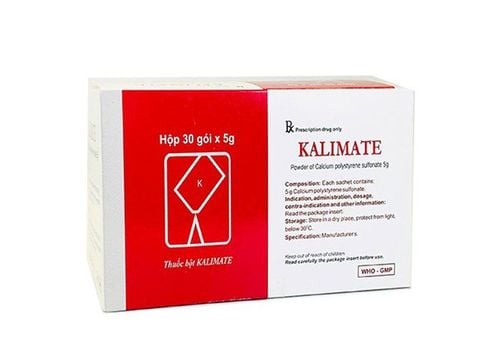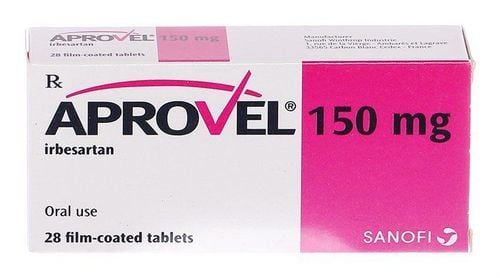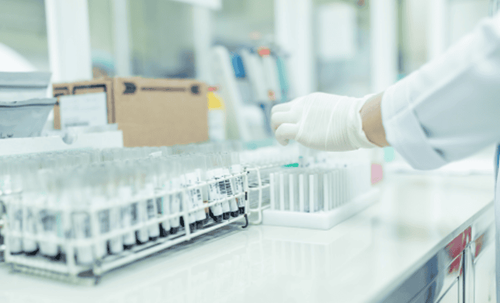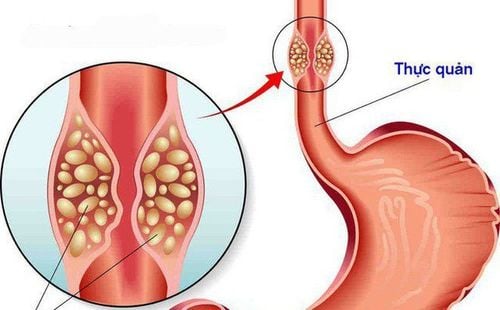This is an automatically translated article.
This article is expertly consulted by Master, Doctor Nguyen Le Duc Hoang - Emergency Medicine Doctor - Emergency Department - Vinmec Danang International Hospital. The doctor has a lot of experience in the treatment of Resuscitation - Emergency care for adults.Electrolyte disturbances include abnormal increases or decreases in minerals needed by the body. General electrolyte disturbances or an imbalance of the minerals mentioned above can cause symptoms such as headaches, dizziness, and convulsions.
1. The role of electrolytes in the human body
Electrolytes are substances that can be dissolved in body fluids, creating ions with positive and negative charges. These minerals are very important for the body because they help carry out nerve and muscle functions, help keep the balance of body fluids, blood pressure and blood pH.Electrolyte disturbances are common in people with an imbalanced diet (eating too light, eating too salty, abusing soft drinks, energy drinks, ...) and in people who are in a bad mood. illness or systemic illness. In it, the two most important minerals in the group of electrolytes can be mentioned, which are sodium and potassium.
2. Common problems in electrolyte disorders
2.1 Disorders Sodium is an important element in the body that helps maintain plasma volume, acid-base balance, nerve impulse transmission and normal cell function of the body. Sodium is abundant in table salt. The intracellular sodium is always renewed due to the exchange of sodium between the inside and outside of the cell. The balance of sodium in the diet is extremely important to help the body stay healthy. Normal blood sodium levels are 135-145 mmol/l.2.1.1 Elevated blood sodium levels Hypernatremia is a condition in which there is a high concentration of sodium ions in the blood. Initial symptoms may include feeling thirsty, weak, nauseated, and loss of appetite. Symptoms are more severe when there are symptoms such as muscle twitching, bleeding in or around the brain.

Loss of salt through the digestive tract, urine, sweating (vomiting, diarrhea, heatstroke, profuse sweating,...). Adrenal cortex insufficiency. Severe tubular damage, kidney failure Patients being treated with diuretics are also prone to decrease blood sodium levels. SIADH syndrome (excessive secretion of ADH hormone causes water retention, which reduces blood Na levels). Clinical symptoms of decreased blood sodium concentration are: Thirst, edema, syncope, dizziness, dry mucous membranes, tachycardia, decreased blood pressure in standing position.
In addition, a decrease in blood sodium concentration causes the following consequences:
Causes hypotonic interstitial fluid, the amount of water in the cells will increase significantly, reducing blood volume Lowering blood pressure can cause cardiovascular collapse, causing oliguria causing kidney failure, possibly brain edema in more severe cases... 2.2 Potassium disorders Potassium in the body plays a very important role, especially with the cardiovascular system, potassium levels are closely related to myocardial excitability, conduction, heart rate.
Potassium has a normal concentration in the blood of 3.5 - 5 mmol/l.
In the body, potassium helps regulate water and electrolyte balance, helping to maintain normal functioning, muscles, digestion, and urine. In addition, potassium also helps the body produce protein from amino acids and convert glucose into Glucogen - a main source of energy for all body activities. Potassium is abundant in foods such as bananas, sweet potatoes, radishes, ....
However, like Na, an abnormal increase or decrease in blood potassium has negative effects on organs in the body. .
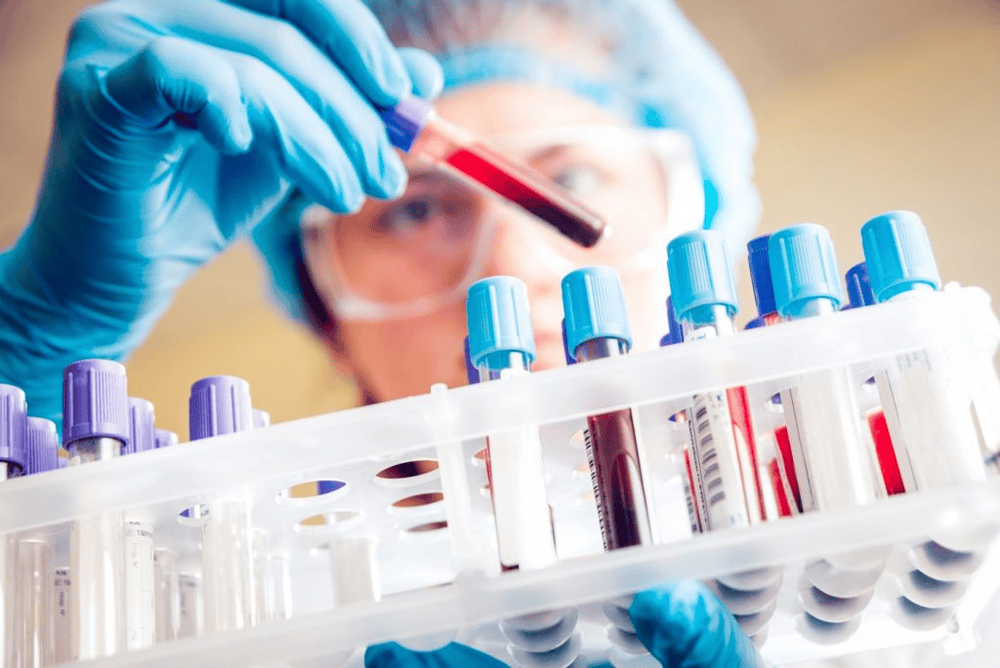
Common causes in patients with hyperkalemia are:
Renal failure Anaphylaxis, severe trauma, severe burns, rhabdomyolysis,... Hemolytic acidosis Adrenal insufficiency 2.2.2 Hypokalemia Hypokalemia Blood potassium can be a consequence of intracellular K+ ions movement, renal abnormal K+ loss, extrarenal potassium loss. In addition, this symptom can also be experienced in people who are fasting, malabsorption and patients treated with cortisol, a diuretic for a long time.
Hypokalemia will lead to symptoms such as muscle weakness, myasthenia gravis, trembling limbs, decreased reflexes, frequent urination at night. In more severe cases, arrhythmias can occur if the potassium level in the blood is less than 2 mmol/l.
Some recognizable clinical symptoms of people with hypokalemia:
Fatigue, flaccid paralysis. Abdominal bloating, diarrhea. Affects heart function: bradycardia, cardiac arrest... Signs of damage to other organs: Kidneys... If there is a need for consultation and examination at Vinmec Hospitals under the above health system nationwide, please make an appointment on the website (vinmec.com) to be served.
Please dial HOTLINE for more information or register for an appointment HERE. Download MyVinmec app to make appointments faster and to manage your bookings easily.





